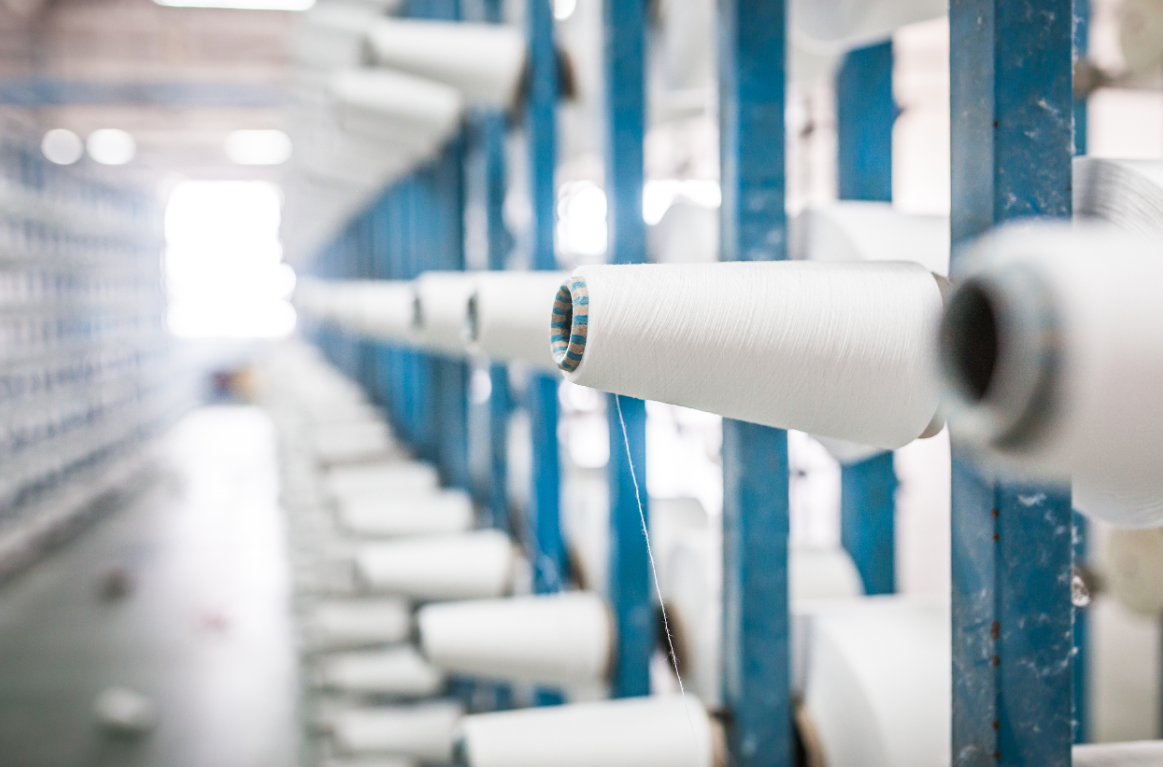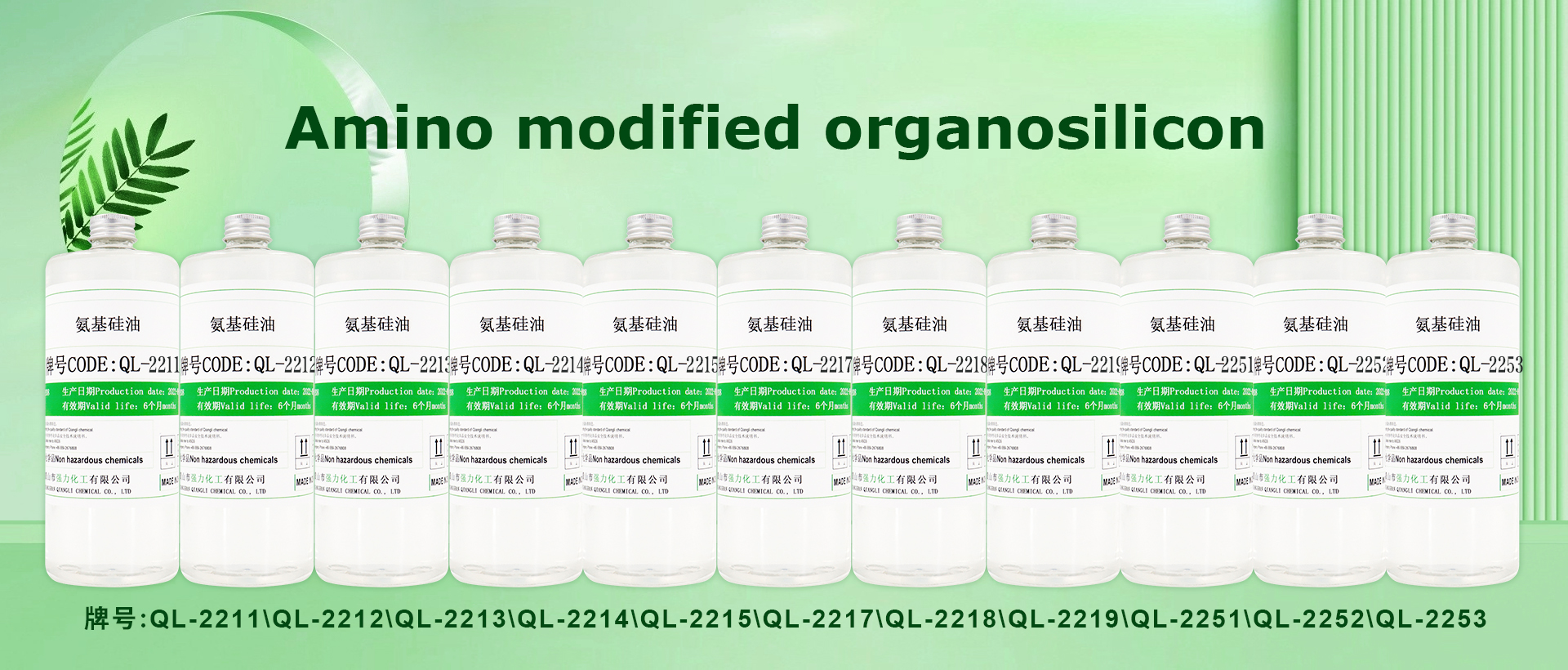
Textile finishing is a key step to improve the appearance, intrinsic quality and application performance of textiles. It usually occurs in the later stage of dyeing and finishing, so it is also called post-finishing. Among them, silicone finishing agents occupy an important position in textile finishing due to their unique properties. Silicone finishing agents, with silicone oil as the main component, combine with textile fibers through physical or chemical effects to give textiles multiple properties such as softness, water repellency, anti-fouling, anti-shrinkage and anti-wrinkle. It is an important means to achieve high added value and functionalization of textiles.
1. Silicone softening finishing agent
During the textile processing, the original softness of natural and synthetic fibers will be reduced due to bleaching and printing and dyeing processes. In order to restore and enhance the softness of fabrics, silicone softeners are widely used. This type of softener can reduce the friction coefficient between fibers, thereby providing a soft and smooth feel. Modified silicone oil, as the main component of silicone softener, forms an orderly arrangement through cross-linking reaction with fibers, effectively improving the softness and flexibility of fabrics.
The softness of fabrics is a complex evaluation system involving a comprehensive sense of touch and vision, including multiple dimensions such as softness, smoothness, elasticity, and gloss. Due to the lack of quantitative standards, the evaluation of softness usually relies on personal subjective feelings.
2. Requirements for the use of silicone softeners
Stability: Silicone softeners should remain stable under various finishing conditions, including shear stability and thermal stability, to ensure that no bleaching and stratification occur under high-speed shear and high-temperature treatment.
Color protection: Softeners should maintain the whiteness and color fastness of fabrics, avoid yellowing of bleached fabrics, and minimize the color difference of colored or printed fabrics.
Heat resistance: The color of the finished fabric should remain stable when heated, without discoloration, and there should be no changes in color, feel and smell during long-term storage.
Safety: There should be no adverse effects when the fabric after softening comes into contact with the skin, ensuring safe use.
3. Evolution of production and application of silicone softeners
The production and application in China have undergone significant evolution, which can be summarized into the following four generations:
The first generation: high molecular weight polysiloxane emulsion (hydroxy emulsion) with terminal hydroxyl groups, based on emulsion polymerization of raw materials such as octamethylcyclotetrasiloxane (D4), water, emulsifiers, and catalysts. This generation of products is mainly prepared by emulsion polymerization, which provides certain softness for textiles, but may have limitations such as insufficient bonding with fabrics and poor water resistance.
Second generation: polyether modified silicone oil, which is made by silylation reaction of methyl hydrogen silicone oil with polyethers such as polyethylene glycol and polypropylene glycol with unsaturated bonds at the end. The softness and smoothness of the fabric are improved by polyether modification, but there may still be room for improvement in softness and durability of finishing effects.
Third generation: polysiloxane emulsion with active groups. The polymerization method is basically the same as that of hydroxy emulsion, but silane coupling agent is added to the raw materials, and active groups such as amino and epoxy groups are introduced. The introduction of active groups significantly improves the softness, smoothness, elasticity and durability of the fabric finishing effect. However, this type of product may have demulsification and oil floating during use, and due to the use of ionic surfactants, its emulsion is strongly cationic or anionic, and has poor compatibility with other additives.
Fourth generation: modified silicone oil represented by amino silicone oil, usually aminoethylaminopropyl polydimethylsiloxane is called standard amino silicone oil, and other amino-substituted polysiloxanes are called modified amino silicone oil. Due to the strong polarity of amino groups, amino silicone oil interacts with hydroxyl and carboxyl groups on the fiber surface to form a strong orientation and adsorption, effectively reducing the friction coefficient between fibers and making the fabric feel soft. Amino silicone oil is easily emulsified into a stable and transparent microemulsion by appropriate surfactants, which is easy to apply.
The fourth generation of silicone products (amino-modified silicone oil) has become the mainstream silicone softener on the market.




